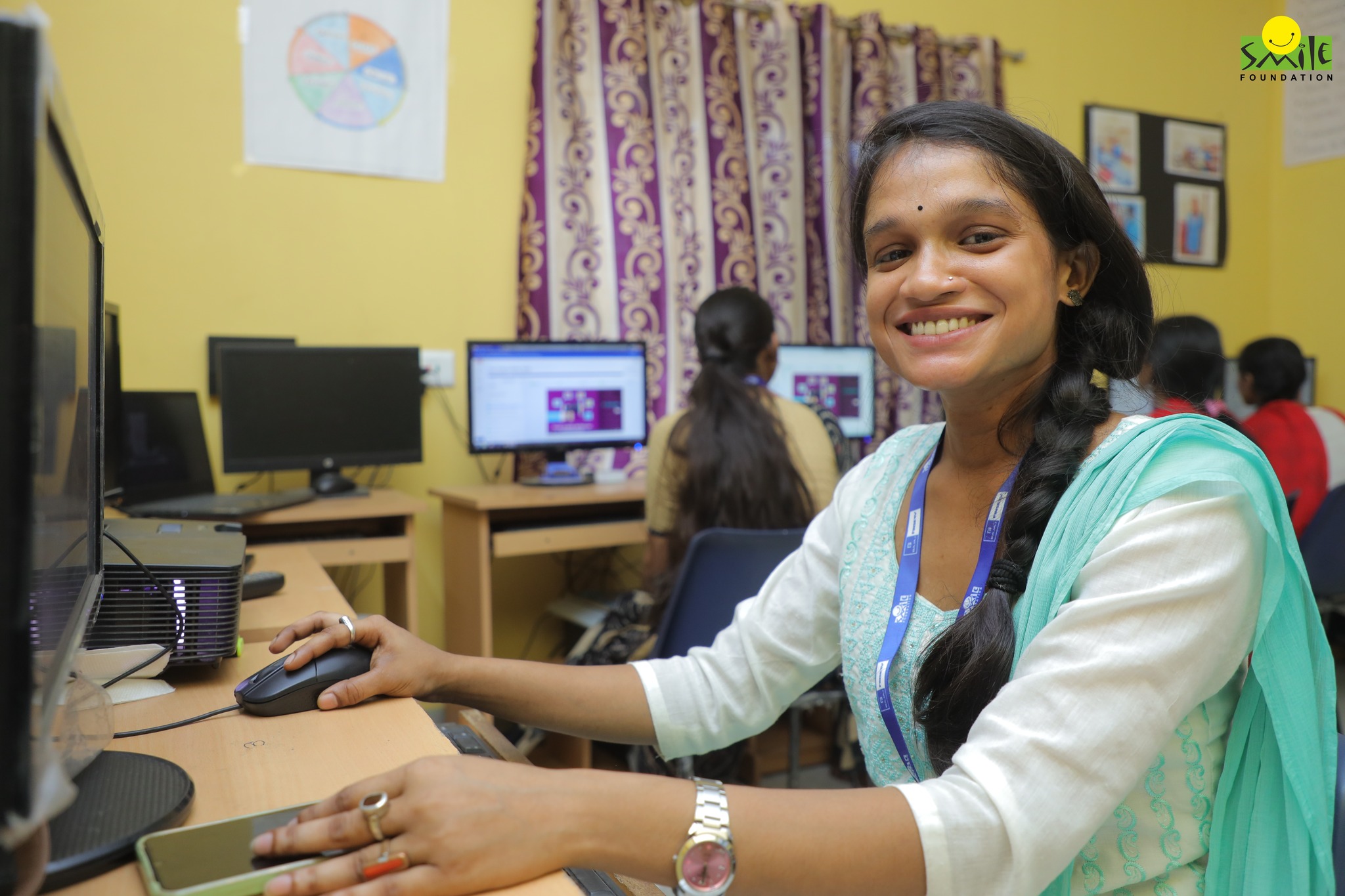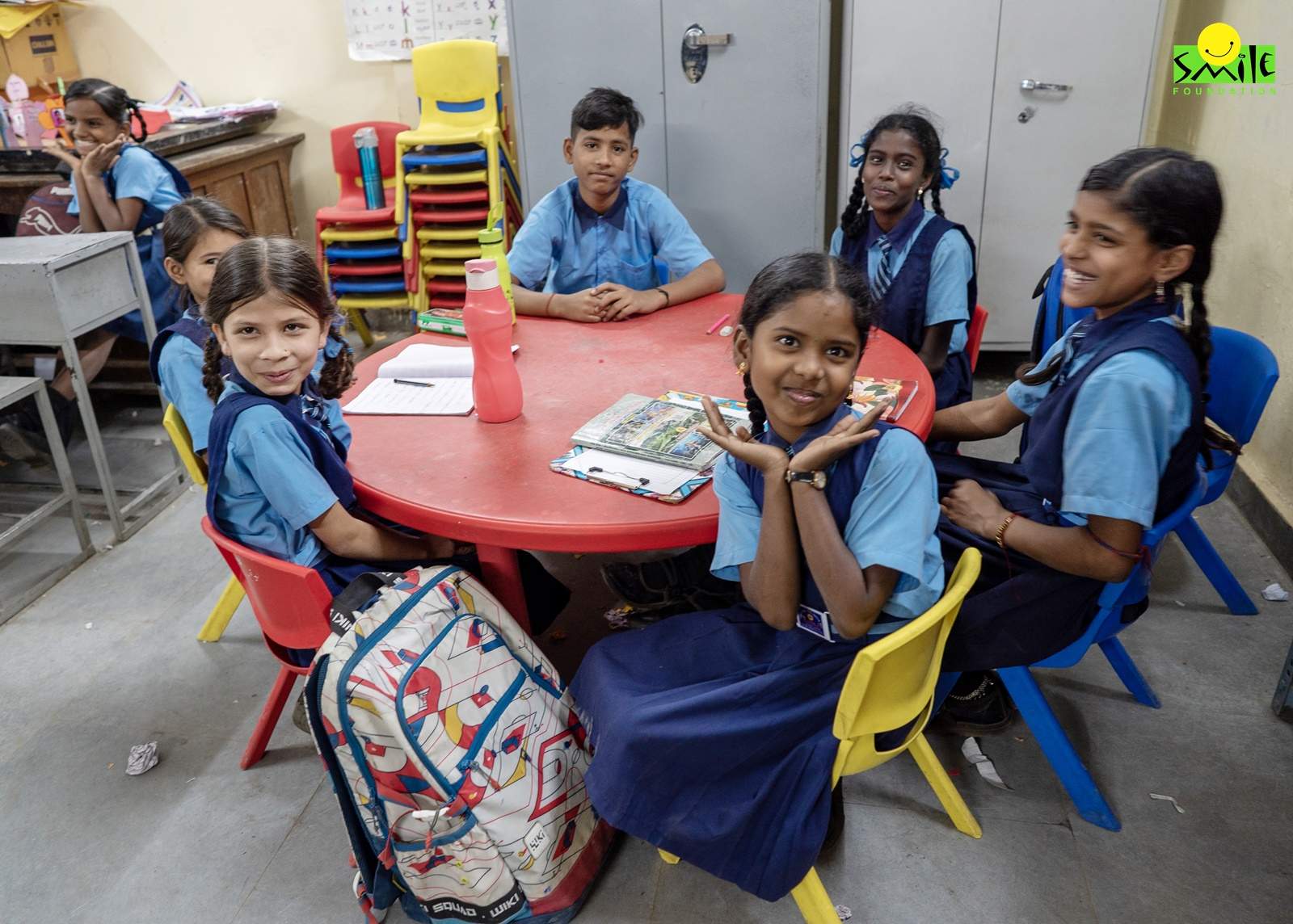Education is a key element for human flourishing – Education author Paul Spears
Societies have discussed growth, innovation and progress throughout history. Following independence, Indian education system didn’t invite many changes for several decades.
In the last few decades, things began to improve and the tech boom has made the sector ready to make significant advancements.
Similar to Y2K and the beginning of the digital information age, we are currently on the verge of a significant change. The main distinction is that this transformation is accompanied by a sense of exhilaration and development rather than dread.
The shift being discussed here is the current hot topic– the introduction of Web3, often known as the “semantic Web,” “spatial Web,” or “the 3D Web of the future.”
System of Education Evolution
The Indian education system is undergoing constant change, with the first stage focusing on colleges and universities taking their course materials online.
An era of online learning systems, including Khan Academy, Udemy, and Coursera, among others, that make some curriculum accessible to students across the world is gaining enviable traction. Currently, as we transition into the upcoming next generation educational system, we are still in the “second phase.”
Our learning processes are evolving. We are no longer restricted to conventional classrooms or the college calendar. Thanks to technological advancements, learning is now practically always taking place outside of the four walls of a traditional classroom or educational institution.
We have modern access to resources and ideas because of technology. Access to these materials will increase as we move into the digital age. Future education will be decentralised and increasingly collaborative in nature.
Arrival of Web3 and Significant Changes to Our Education System
By 2030, India wants to have a Gross Enrollment Ratio of 100%. Decentralising education will make this possible by integrating attendance, evaluation, content production and results into one platform.
A tamper-proof record will be used to track academics, fees, extracurricular activities and elective courses. Additionally, Web3’s decentralised approach will make it simpler to sustain faculty performance. Mobile learning has only accelerated the expansion of independent learning from anywhere around the world.
Mobile learning is the fastest growing market in education, with an average growth rate of 20% year-on -year. By 2027, its market value would be $80 billion!” – Edapp
In conclusion, the web 3.0 technology provides several advantages for the educational field. Among these advantages are–
- Improved Accessibility to Educational Resources and Materials– With web 3.0, educational institutions can use blockchain technology to make their information more available to a wider audience. This makes it possible for students who live in rural locations or are unable to travel to obtain important course materials.
- Increased Security and Data Privacy– Due to its decentralised nature, blockchain technology offers a safe environment for the transmission and storage of data. This means that educational institutions can safeguard student information themselves, independent of outside parties like insurers or landlords, from misuse and unlawful access.
Education Decentralisation
Credentials won’t be managed by a single institution in a Web 3 world. The ability of blockchains to preserve proof of labour and history allows students to build their own portfolios, which may include group projects with classmates or internships during the school year.
Web3 and Experience of Teaching and Learning
The Decentralised Autonomous Organisations (DAOs) of MOOCs (Massive Open Online Courses) are establishing a new era of social and financial incentive models. MOOCs have started to integrate authority and value from traditional legacy systems like schools and universities. It won’t be long before education systems are powered by web 3 instead of outdated systems.
The following are some uses for Web3 technology–
- The incorporation of Scalable Vector Graphics (SVG) will provide a 3D online experience that is immersive. Rich multimedia can also be used to provide a significant amount of content for the Virtual Encyclopaedia that will support the context.
- The use of multisensory effects like animation and virtual reality by educational institutions can help primary school students learn more effectively (VR).
- The modern search engines have evolved into “intelligent search engines” with the help of learning Web3 and Web3 Semantic web and organised data. Therefore, finding instructional content will take less time.
- The implementation of Web3 will make it simpler for educational institutions to raise donations because of its feature decentralisation.
Additionally, access to the Internet has become simpler for a small cost because of digitisation initiatives. As a result of knowledge being readily available on mobile devices, learning expenses would be decreased. Access to education in an organised fashion will also significantly reduce the illiteracy rate.
Finally, a variety of tools will be available to double-check the veracity of any response. Additionally, students will contribute to the construction of instructional content.
How Web3 education will address the issues with the current Indian educational system
There’s no doubt that the impact of technology on education is huge. A decentralised platform called Web3 that utilises blockchain technology might be able to address some of the issues of the current Indian education system.
Both a brain drain and a shortage of funding and resources make it difficult for schools to offer high-quality education. By giving students and teachers a more effective and user-friendly platform, Web3 could aid in resolving these problems.
With Web 3, students will have accessibility to information from any location at any time, allowing them to learn how to generate their own content.
There are some problems, such as censorship or developer-related problems. Who will tag the online informational pieces, furthermore? By developing policies and establishing specific goals, we can eliminate these problems.
The government is prepared to use Web3 and Blockchain to give every individual an enormous opportunity. The India Blockchain Forum was introduced in August 2022 by Jayesh Ranjan, Principal Secretary, Industry & Commerce and IT, Government of Telangana to incorporate Web3 in the Indian educational system holistically, with a focus on raising awareness and encouraging collaboration between regulators, academics and industry.
The goal is to work together with international research organisations to establish a thriving higher education sector in India. Less brain drain will occur as a result of improved education and employment prospects. Young people will be more willing to support the development of the Indian economy.
India is in a Good Position to Adopt Web3
Countries with a robust and expanding technology sector will have an advantage in the coming years. This is particularly true for a nation like India, that is quickly embracing Web3, a brand-new area of blockchain technology.
Developers with aptitude and expertise in coding and cryptography can be found in great abundance in India. Additionally, there are many software engineers and business owners in the nation. All these elements put India in a strong position to adopt Web3 and take the lead in this emerging industry.
As entry hurdles for higher learning continue to decrease, education will be more accessible and efficient than ever before in a Web3 world!
Conclusion: Is it Credible?
The quick response is yes. The legitimacy of Web3 comes from the fact that learning institutions in the metaverse will need a DAO (decentralised autonomous organisations) certification, much like institutions that demand accreditations and certifications from Registrars to demonstrate validity.
In order to play to their strengths and improve their life skills, students will finally be able to learn on their own terms. The DAO will enable greater openness in governance and provide students—the main stakeholders—a role in decisions regarding information’s source, substance and distribution.
Web3 brings advantages and access like never before. Experiential learning becomes a lifelong endeavour, a habit led by motivation, and not just a standardised chalk-n-talk methodology.
Smile Foundation and Education
Smile Foundation as a leading development organisation in child education cares strongly about the changes happening in the Indian education system.
It is actively involved in incorporating the digital changes happening in the education landscape through its flagship programme, Mission Education and educating the children who need it the most from underprivileged communities in India.









